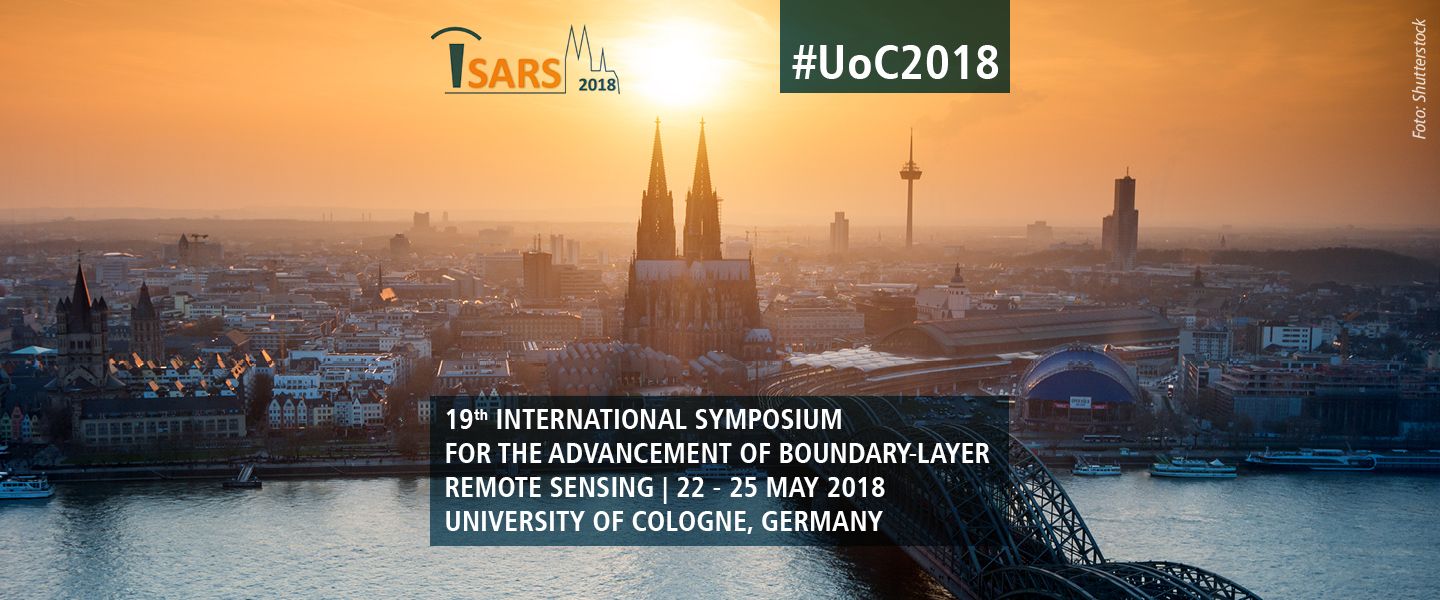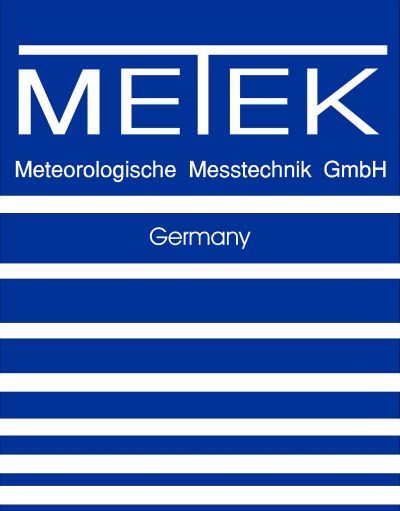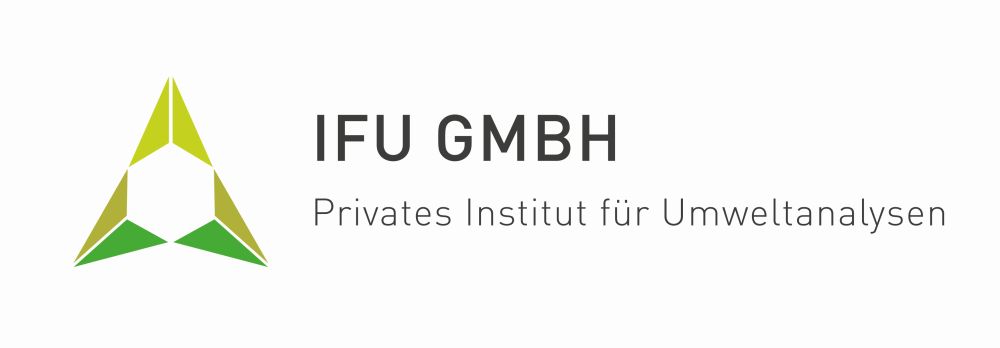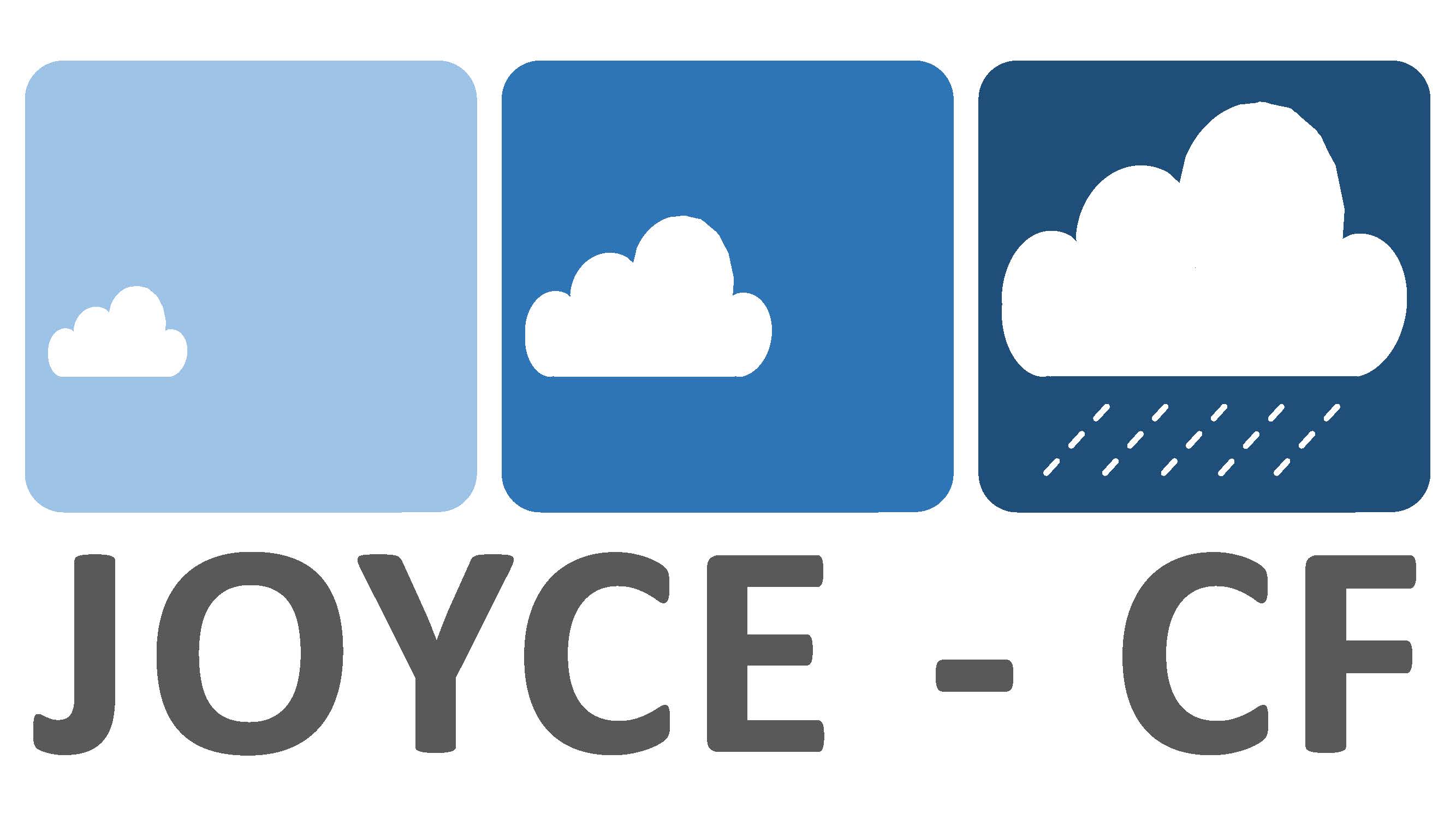
Welcome to the 19th International Symposium for the Advancement of Boundary-Layer Remote Sensing
The 19th International Symposium for the Advancement of Boundary-Layer Remote Sensing (ISARS) takes place at Cologne from 22-25 May 2018. It brings together scientists studying the Atmospheric Boundary Layer (ABL), which makes up approximately the lowest 1-2 km of the atmosphere. The ABL is the part of the atmosphere strongly influenced by the surface and the region where large parts of human, animal and plant life takes place. Energy fluxes such as momentum, heat and radiation from and to the surface determine our every day life, e.g. in terms of the daily evolution of wind, cloudiness, temperature and even severe precipitation (thunderstorms). However, continuously observing and accurately modelling the ABL is still a major challenge. This has mainly to do with the fact, that ABL processes are turbulent and take place on scales from 1 km down to millimeters. Be aware that nowadays weather forecast models cannot resolve clouds smaller than a few kilometers.
At ISARS 2018 scientists will present latest methodologies in measuring the physical processes happening in the ABL. The focus of ISARS is ground-based remote sensing, which means that instruments positioned on the Earth surface sense what is happening directly above them without having to bring them there. Thus, these sensors represent a valuable addition to satellite remote sensing, which can sense the middle a upper atmosphere, but has difficulties in capturing the ABL. Clouds and wind in the ABL are also extremely important for renewable energy applications (solar panel, wind turbine parks) because energy suppliers need accurate forecasts in order to guarantee an optimized power grid utilization. The focus topics can be found here.
Download summary of ISARS 2018 with an overview of the main topics
Download ISARS 2018 booklet with detailed program and further information
ISARS 2018 is supported by










